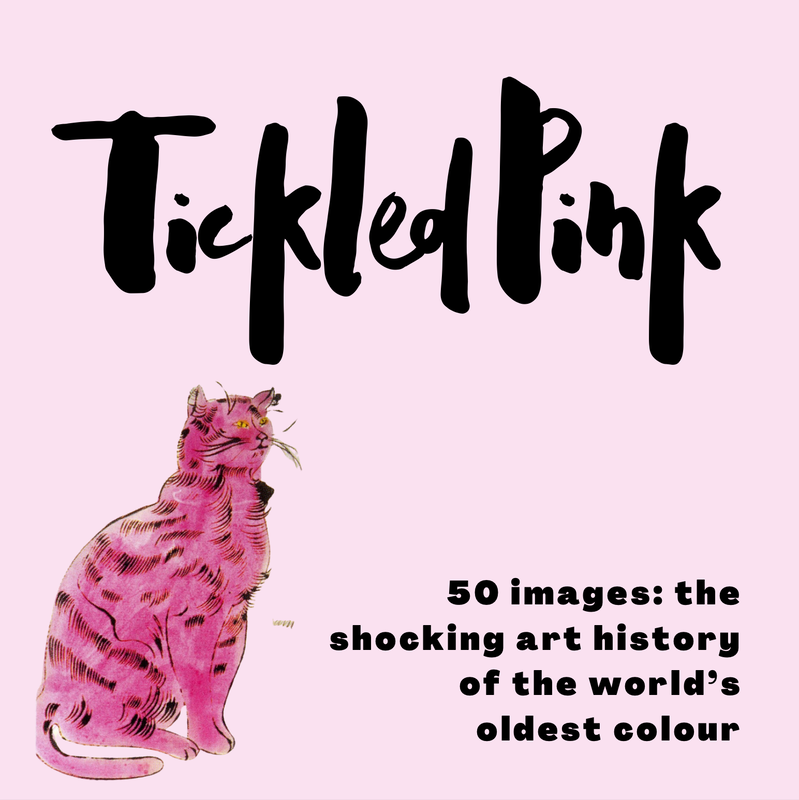|
Ariadne Ariadne, daughter of King Minos, helped Theseus slay the Minotaur at the heart of the Cretan labyrinth and then fled with him and the fourteen young Athenians marked for sacrifice. En route to Athens, Theseus abandoned her on the isle of Naxos. Nearing home, he then forgot to change his sails from black to white, the prearranged signal that he had survived his mission of destroying the Minotaur. Later, Ariadne married Dionysus, who afterward joyously tossed the bridal wreath he had given her into the heavens, where it became the seven stars of Ariadne’s Crown. Ever since the tongue-cut Philomela wove her tale into a tapestry and sent it to her sister, women, silenced, have spoken in such ways. And Ariadne may have been a weaver. It may have been some yarn from her own store she wound into a ball to help her lover defeat the Cretan maze. So it is fitting that a needlewoman should honor Ariadne with her work, a labyrinth of interlocking stitches in seven by seven squares: seven for the fair Athenian maidens, seven for the doomed Athenian youths, seven for the labyrinthine courses, and seven for her crown. I like to think that Theseus still loved her and grieved for her beneath his darkling sails. I hope that she found joy with Dionysus, who made her crown of stars. Across the center of the piece a spiral is subtly pierced where ends of stitches meet and softly shadowed by a misty purple against the rose and gold. It seems to wheel through mythic time, connecting our lives with those of all the women who have gathered up their life force and their courage to tell what must be told. Deborah Bachels Schmidt Read another ekphrastic poem by Deborah here. Deborah Bachels Schmidt has a chapbook, Stumbling Into Grace, forthcoming from Orchard Street Press. Other publication credits include Blue Unicorn, California Quarterly, The Ekphrastic Review, The Lyric, and The Poeming Pigeon. A Pushcart nominee, she was recently awarded first prize in the Sonnet category at the Soul-Making Keats Literary Competition.
1 Comment
2/17/2022 04:33:31 am
Both the needlepoint and the poem are beautiful. Though writing makes use of words (letters/literature), it is in its way as silent and visual a medium as needlepoint. The poem and the needlepoint both “speak” through their silence.0
Reply
Your comment will be posted after it is approved.
Leave a Reply. |
The Ekphrastic Review
COOKIES/PRIVACY
This site uses cookies to deliver your best navigation experience this time and next. Continuing here means you consent to cookies. Thank you. Join us on Facebook:
Tickled Pink Contest
April 2024
|




